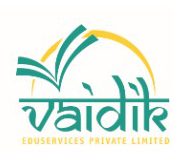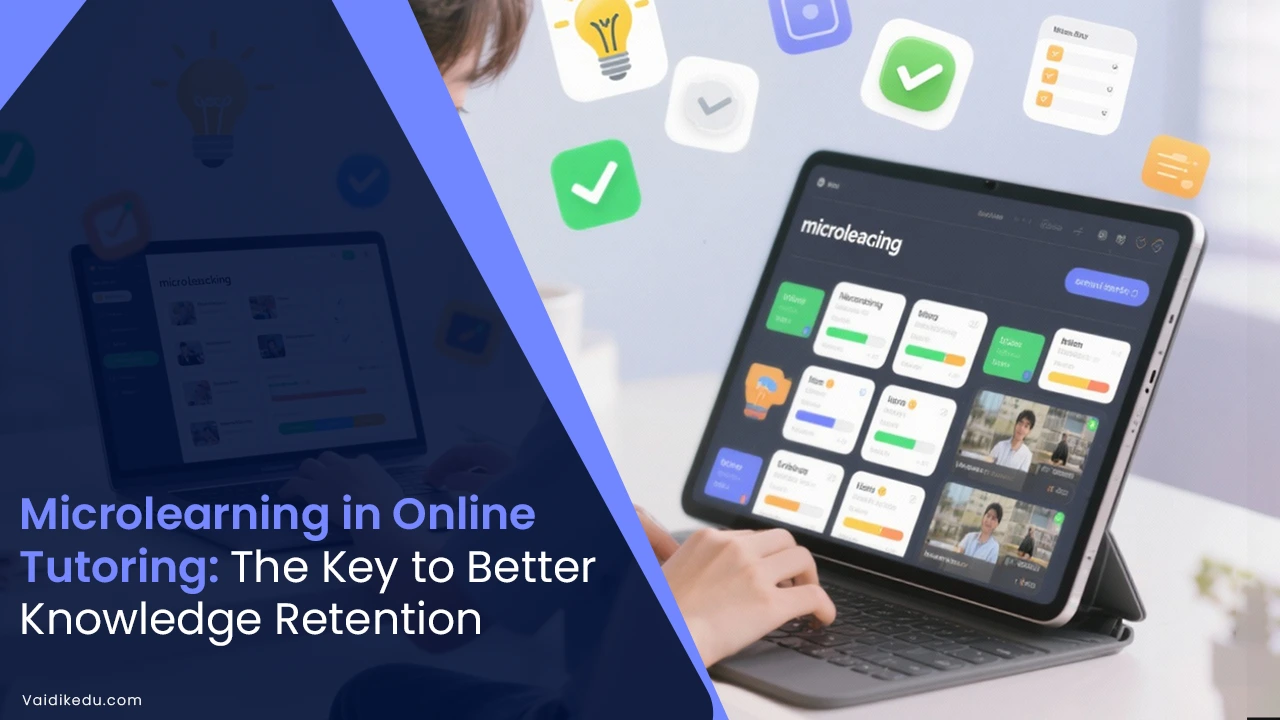Besides, language development is a significant landmark at early ages within the life cycle of a child. It, after all, is a means and channel for any individual to understand how to relate socially, build cognition, or talk.
Preschool kids are overall better developed at the language base as compared with children of school age. Apart from this, language ability in a child reveals how early development manifests much about the potential cognitive possibility, the status of emotional health, and even the whole global social development.
We will describe the way we can observe and detect language development in preschoolers. We’ll find from acknowledgment of developmental milestones to application with specific assessment tools and strategies, which can be applied for usage in the assessment of language development in preschool children.
This shall be a no-nonsense guide for assessing the language development of young kids and encouraging positive communication skills, spotting possible delays, and supporting early childhood education.
Development of Language in Preschoolers
Language development is an entire life activity that starts with birth. Nevertheless, by the time they turn to be preschoolers, normally 3 to 5 years old, they will become independently fluent in both the skills of language – expressive as well as receptive language.
Producing and using words, sentences, and sounds are termed expressive language, and the reception and processing of the heard words fall under the umbrella of receptive language.
Preschoolers have typically built up quick development and both verbal and language literacy, encompassing vocabulary increase, sentence building, and the ability for basic conversation. A lot of what would be characterized as “normal”, however, is vague and disparate because every child develops at varied rates in their development.
A few of the milestones that can be easily monitored by this stage include the following:
- Vocabulary development: Typically by preschool, they quickly expand vocabularies.
- Language development: Sentence construction on top of using only two words is now possible once one constructs an improvement of meaning through grammatical competence
- Speech sounds clearer now for most young preschoolers even with possible and partial remaining speech errors.
- Conceptual Understanding: Children can understand more abstract elements of language such as opposites, time, and prepositions.
- Social Communication: They will now be able to have a conversation, use language to meet different needs including requesting and explaining, and apply social rules.
Having reviewed preschool language development, we now consider a plan for appropriately assessing these skills.
Developmental Milestones: A Framework for Assessment
Knowing what normal development looks like is highly important before assessing a preschooler’s language development. As aforementioned, preschoolers grow significantly in their language skills. Knowing these milestones gives an important baseline for assessment, and noticing any potential delays becomes easier.
The following are some language milestones commonly expected to be seen in preschoolers.
Age 3:
Expressive language: Use 3-4 word sentences.
Receptive language: Gets simple questions and instructions.
Vocabulary: Uses around 500-1,000 words.
Age 4:
Expressive language: Uses longer sentences (4-5 words).
Receptive language: Understands more complex sentences, like “Put the toy on the table.”
Vocabulary: Expands to 1,500-2,000 words.
Age 5
Expressive language: Uses full sentences and some adult-like grammar.
Receptive language: Understands most of what is said, even if it is not as familiar.
Vocabulary: Has a vocabulary of around 2,000-2,500 words.
Parents, teachers, and caregivers may track the progress of the milestones the child achieved, where he stands in language development, and how well he is doing based on expectations, by tracking these milestones.
- Observation: Informal Tool For assessment
Perhaps the most effective tool used to determine language development in preschoolers is observation. In this approach, you are observing children and listening to them as they play, converse, or engage in some structured learning activities. It allows you to determine a child’s speech in the natural setting which they would need to use to communicate in their real-life scenarios.
Some things to notice in preschooler observation in language development are:
- Vocabulary use: Is he using a good variety of words? Does he show a good understanding of new concepts and vocabulary?
- Sentence structure: Is he using complete sentences with good grammar? Check whether the sentence complexity and length improves.
- Articulation: Are the sounds clearly coming out when the child talks? Are some of the sounds or words poorly pronounced?
- Social Interaction: Does the child initiate and respond to conversations? Is he able to take turns in a conversation and use language for various purposes, such as asking questions, requesting help, or making observations?
Record your observations over a period to track any changes or patterns in the child’s language skills. This helps provide a comprehensive picture of their language development.
- Standardized Language Development Assessments
Standardized tests are formal tools used to assess the language ability of a child. Standardized tests are usually designed and administered by professionals, such as speech-language pathologists, early childhood educators, or developmental psychologists. A few of the most common standardized tests for preschoolers are:
- Peabody Picture Vocabulary Test- It is the assessment of receptive vocabulary. This PPVT test is applied by pointing at pictures associated with words one has heard. It assesses the ability to understand words and interpret language.
- Clinical Evaluation of Language Fundamentals: The CELF test is held to assess whether the child possesses receptive or expressive language skills and is performed in a variety of ways, for example, in sentence repetition or answering questions after listening to a story.
PLS is a short form for Preschool Language Scale: PLS is employed to measure developmental expressive and receptive language skills within a child, using structured play and questioning.
These standardized tests give an objective assessment of a child’s language development. They should not, however, be used alone, but in collaboration with other instruments, such as observation, so that the complete personality of the child can be understood.
- Parent And Teacher Input: An Integrated Approach
Another very important component of language development assessment is input from parents and teachers. Both can provide insights into a child’s use of language in different contexts-home, school, and social. Parents can, for instance, offer observations of their child’s speech and language at home. Teachers can then assess language use in the classroom setting.
Ask parents or caregivers to describe in detail their child’s ability to communicate, including the following:
- How does the child express his needs and feelings?
- The child’s participation in talking with adults and his peers.
- Concerns they may have with the child’s language.
Teachers can comment on how the child uses language in group activities, learning tasks, and interaction with peers. Teachers can also report on the child’s compliance with instructions and readiness to engage in discussing topics within the classroom.
The gathering of information from parents and teachers can help in finding out the child’s use of language in varied settings.
- Utilization of Technology in Assessing Language Development
Advances in technology allow new avenues for language development assessment, especially among preschoolers. There are many applications and even online platforms educators and parents can use to monitor language-related milestones, keep track of progress, and assess a child’s ability through interactive activities.
Some of These include:
- Speech Recognition Apps: These will be apps the children may practice their speech; while recording or assessing it for clarity and pronunciation.
- Interactive Storytelling Apps: These apps make children do storytelling activities that test their vocabulary, grammar, and sequencing.
- Language Development Tracking Platforms: These will help the parents and teachers to track how much the child has achieved in terms of language development and what the child’s progress is in terms of time. Moreover, these platforms might even suggest what activities will support language development.
Technology can also be a complement that may serve to be applicable for the observation of child language development, although it should never replace face-to-face observation as well as face-to-face interaction with the child.
- Possible Language Delays And Disorders
Monitoring of language development assessment is not only used for measuring development. There is also the need to detect potential language delays or disorders. Among the signs that may be an indication of the existence of a language delay or disorder are:
- Vocabulary relative to peers.
- Failure to combine words or proper grammatical use.
- Failure to correctly pronounce, beyond the norm.
- Problem following simple instructions or comprehending complex sentences.
- Lack of social contact and, thus difficulties in conversation maintenance.
When any of these symptoms are found to be displayed by a child, it becomes important to have him or her undergo further tests under the advice of speech-language pathologists, amongst other practitioners.
Conclusion
It would include assessing language development in understanding the cognitive and social development of preschoolers. There are various methods of understanding children’s language: tracking milestones, using standardized assessment tools, using natural language observation of the child, and seeking input from the child’s parents and teachers.
When language delay or disorder is recognized early and has a chance to be addressed promptly, a whole and complete view of a child’s language skills can be given.
Language development is one of the significant aspects of academic success, social interaction, and emotional growth.
The assessment of these skills will help educators and parents to provide a supportive environment that encourages continued language learning and development in preschoolers.
Frequently Asked Questions
Vocabulary development can be monitored by observing the range and complexity of words your child will use in conversations. You can also use a standardized test, such as the Peabody Picture Vocabulary Test, to get an overview of vocabulary skills used by your child.
If you have any thoughts that probably the child already has a language delay, you’ll contact a speech-language pathologist or any of the appropriate people who can see the situation through. Early intervention will be really helpful if languages may already exist for the child.
Yes! Reading together with your child and playing pretend have been found effective in developing children’s language skills. Singing songs with open-ended questions also promotes the development of language for kids.
Language development needs to be monitored from time to time, especially in the preschool years when children grow most rapidly. It therefore makes sense that monitoring and reviewing regularly at milestones can help establish whether progress is being made or not.
Language delay refers to a child whose language skills develop slowly as compared to other children, whereas a language disorder refers to the case where the ability of the child to learn and apply the language is drastically hindered.









